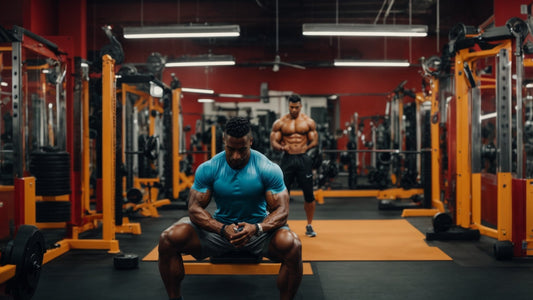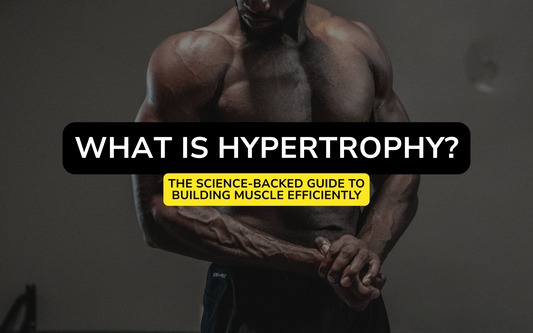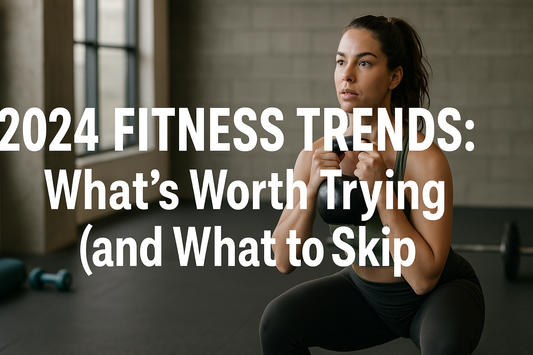What Are Preacher Curls?
The preacher curl is a bicep isolation exercise performed using an angled bench to minimize shoulder involvement. Targets: biceps brachii (long & short heads), brachialis, and forearm flexors.
How to Do Preacher Curls with Proper Form
Step-by-Step Guide
- Set preacher bench to 45° angle
- Sit with armpits against pad and feet flat
- Grip EZ-bar with underhand hands shoulder-width apart
- Start with arms fully extended (no hyperextension)
- Curl weight up until forearms reach vertical
- Lower slowly with 3-second eccentric
Pro Tip: Keep elbows glued to the pad throughout movement.
Top 3 Benefits of Preacher Curls
- Isolates biceps better than standing curls (30% more activation)
- Reduces cheating/swinging common in standing curls
- Allows focused stretch at bottom position
Most Common Preacher Curl Mistakes (and Fixes)
Mistake #1: Lifting Elbows Off Pad
Fix: Maintain constant contact between triceps and pad
Mistake #2: Overextending at Bottom
Fix: Stop just before elbow lockout to keep tension
Mistake #3: Using Excessive Weight
Fix: Reduce weight until you can perform 10 controlled reps
Preacher Curl Variations
- Dumbbell Preacher Curls (single-arm focus)
- Reverse Grip Preacher Curls (targets brachialis)
- Machine Preacher Curls (constant tension)
Preacher Curls FAQs
Are preacher curls better than regular curls?
Preacher curls provide better isolation while standing curls allow heavier weights. Use both for complete bicep development.
Can I do preacher curls without a bench?
Use an incline bench set to 45° with padding under armpits as an alternative.
How heavy should preacher curls be?
Typical working weight is 50-70% of standing curl weight due to increased isolation.
Safety Tips
- Warm up with banded bicep stretches
- Use spotter for heavy EZ-bar sets
- Avoid hyperextending elbows at bottom







